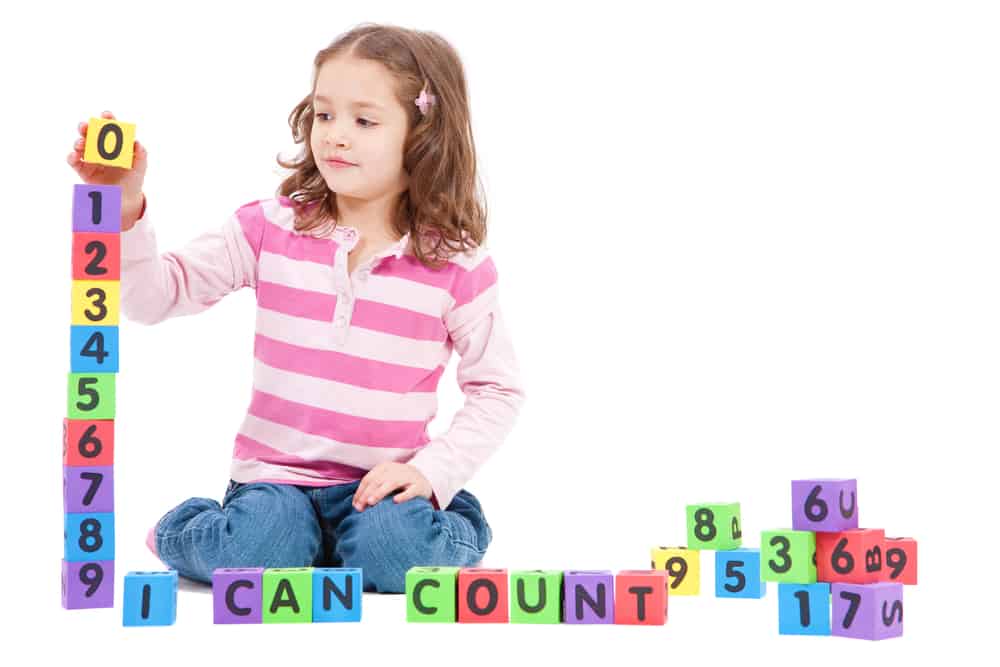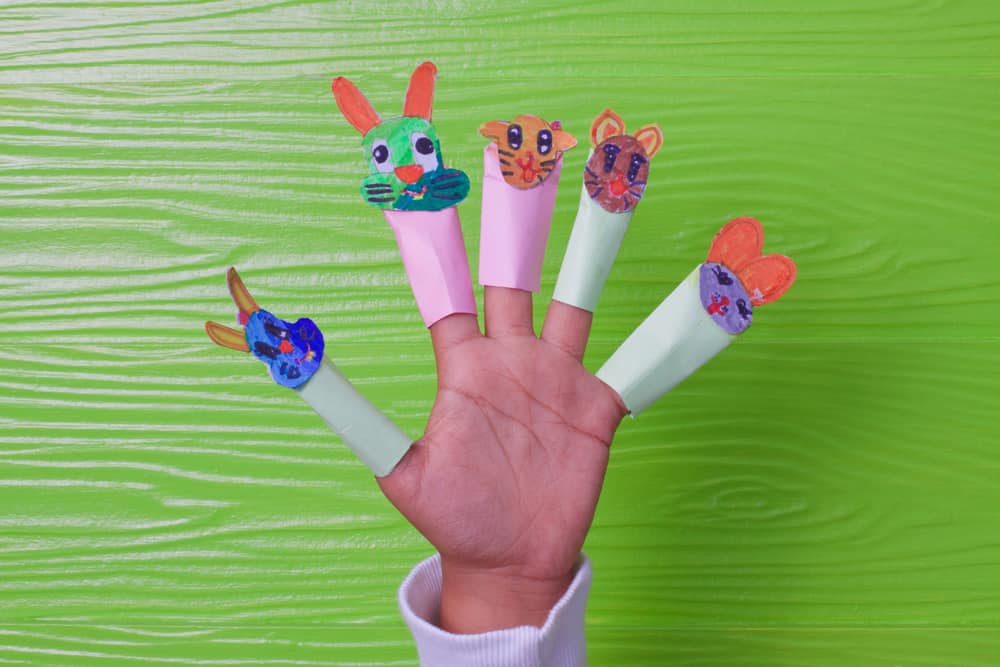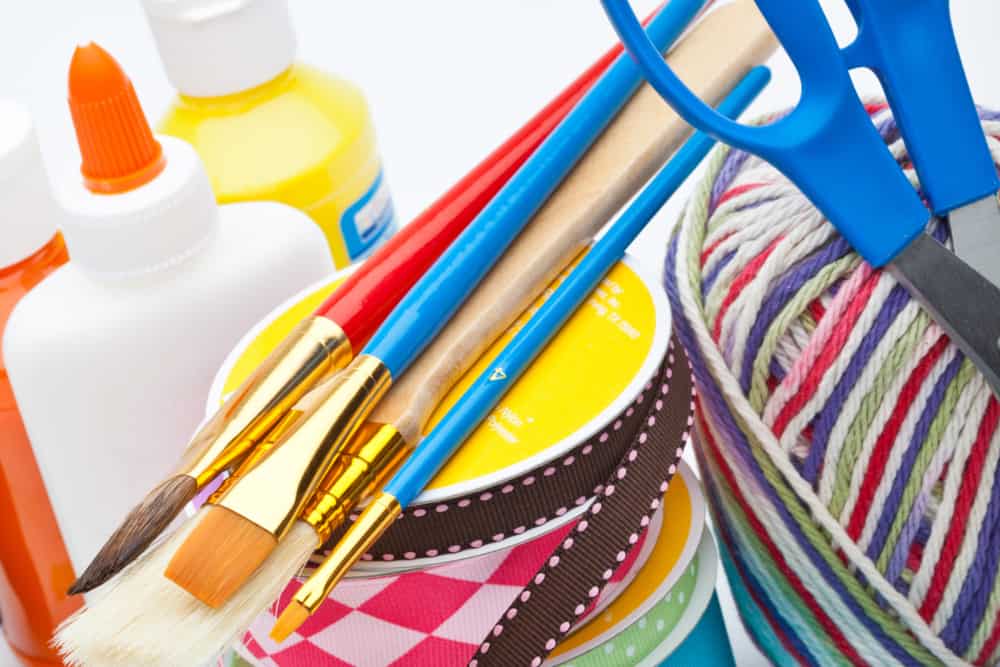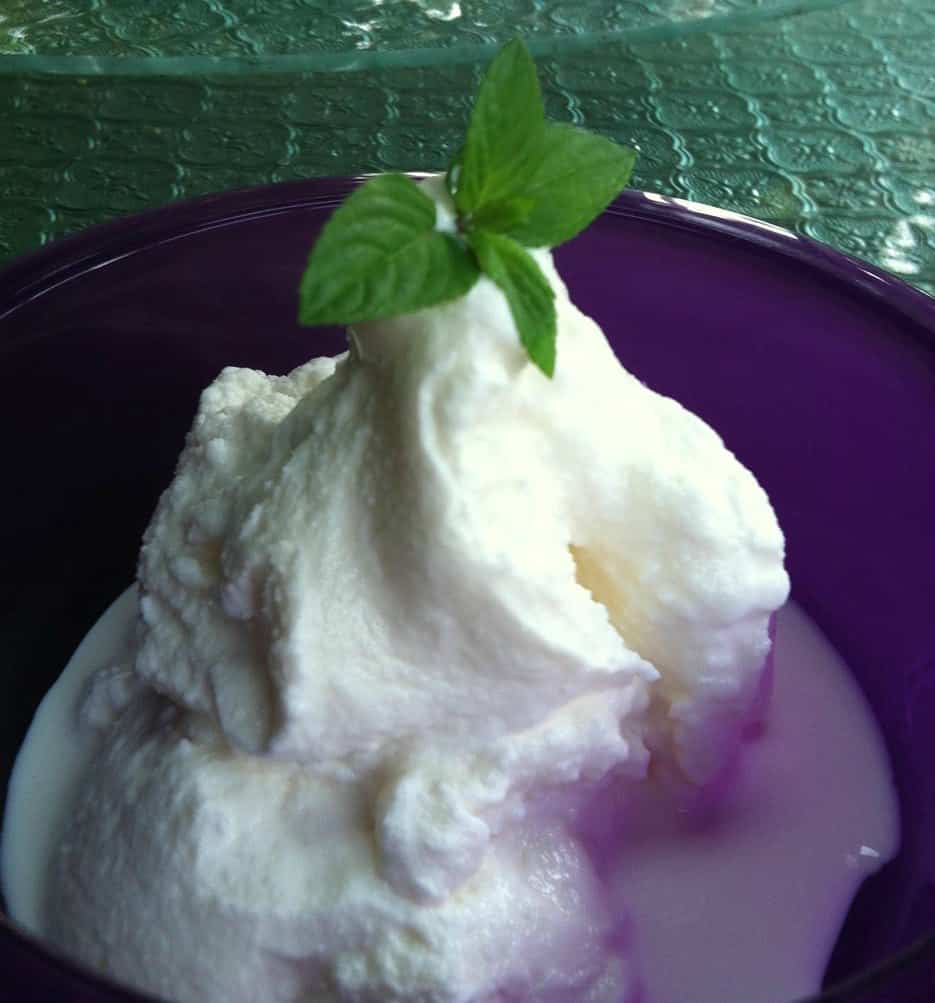Most parents learn about child development as they go. Moms, dads, grandmas and grandpas try to tailor plans that keep everyone happy — but anyone who has spent more than a few minutes around little ones knows that children’s attention spans are short. Sometimes parents (and teachers) can run out of ideas and energy. Below are fun, educational and — most importantly — age-appropriate ideas for at-home activities from teachers and librarians.
Ages 3-5
A Pre-K teacher in the District of Columbia, Lindsey Field, finds that children in her class really enjoy make-believe play. “They actually love to play teacher,” says Field.
Kindergarten teacher Marie Fomengia also says that kids this age love showing off their knowledge. “They love trying to write and draw pictures,” says Fomengia. “They like counting numbers, rote counting; they really have fun doing it.”
Fomengia also suggests offering this age group a chance to play matching games, especially matching objects to numbers. A number of free websites allow parents to print fun and educational games. Pre-Kinders and Montessori Nature are great places to get FREE activities for kids this age.
Activity idea: Since most kids this age love school, encourage their excitement. Invite some of your children’s friends over for an afternoon of “summer school” or “spring break school.” Let them plan a “lesson” and then teach it to each other.
Support them by providing materials such as construction paper, pencils and plain paper. Create a makeshift board with white paper taped together and put it up on a wall; just make sure they know to draw only on the paper — and use washable markers.
If a lot of friends are out of town, kids this age also have enough imagination to teach a classroom full of stuffed animals or dolls. Encourage your children to play with purpose, but make sure it is a child-directed play. It is important for this age group to feel like they have control. Playtime is a perfect chance to give them the reins.
Ages 6-8
“First grade loves the Frog and Toad series,” says Ericka Caputo, an elementary school librarian in the District of Columbia.
“Second grade seems to really like stories by Chris Van Allsburg. He wrote Jumanji and The Polar Express. [This age group] is intellectually developed enough to understand an ordinary thing, like a board game, but enjoy being able to take it to a different level where it’s fantastic. They’re right at that level to understand, ‘This part is real and this part isn’t.’ ”
Only very advanced readers are able to read these stories on their own at this age, but kids this age love hearing you read aloud.
Activity idea: Go to your local library and steer your children toward titles similar to the books above. Bring home a few books and set aside an hour or two for special reading time with your children. All of you will remember and treasure this time.
Once you’ve finished reading, have your kids come up with their own additions to the story. They can add details to a part they liked, or take the story in a different direction.
Staple a few pieces of paper together and let them use their imagination to create their version of the story. This can be a project they work on over multiple days. When they’re done, encourage your children to “present” their work to the family.
If your children are very active, you can also have them create puppets and perform parts of the story. This can easily be done with construction paper, tape and popsicle sticks. Kids can draw and cut out pictures of the characters, then tape them to the sticks. Allow them to practice, then perform in front of the family. It can be a one-kid show, or the whole family can play a role.
Just like younger children, this age also needs independence. Embrace their ideas and creativity. Don’t worry if it’s not perfect.
Ages 9-11
“Third, fourth and fifth-graders are independent readers. They’re really into realistic fiction. They think, ‘This kid is going through the same thing I’m going through,’ and it’s something they can relate to,” says Caputo.
“Diary of a Wimpy Kid, Dork Diaries, graphic novels, and Bone are very popular through middle school.” Caputo says “Kids learn differently than we learn now; we used textbooks, but they get to use so many different modalities of learning. They’re exposed to so many different things. That’s why they love graphic novels and pictures to accompany text.”
Activity idea: Connect your child to the world: Set him or her up with a pen pal. Perhaps you have a friend with kids who are far away, or you could have your child write to a friend in your town.
If you have time, you could also set up an online pen pal at Students of the World. Parents would be wise to monitor their child’s correspondence with a stranger. Encourage your child to think about stories from their own life they can share with a pen pal. Simply the act of preparing for a pen pal can be a lot of fun for a child this age.

For all ages
Kids of all ages can have fun doing some of these activities. Choose the ones that fit the needs or interests of your own family.
This tie-dye butterfly is cute, and the kids will love seeing the colors blend to create beautiful wings.
Younger children will love to make and throw these paper helicopters.
These glitter bracelets might require a quick trip to the hardware store, but I think it’d be worth it.
Does your kid like science and art? If the weather is nice where you live, you may want to try this exploding art project. It’s a bit messy, yet can provide a lasting memory. Frame the results!
These easy birdseed feeders may help bring some feathered friends to your yard.
These cosmic sun catchers are a pretty, simple, and not too time consuming. Make several and hand in all your windows.
Game time
This Frisbee golf looks like a lot of fun for outdoors or if you have a good-size playroom.
On a nice day, getting outside for a nature scavenger hunt is a good way to have fun while getting fresh air. Use clear contact paper to create bookmarks or place mats with some of the “finds.”
I can already hear the laughing at the results of tag team drawing.
Update that old Guess Who? game in the back of the closet. For younger kids, use family pictures. For older ones, try using pictures of famous historical figures and encourage questions based on their role in history, time period, etc.
Summer munchies
Making ice cream in a bag is an activity and yummy treat all rolled into one. One tip: Use pot holders when making this to keep hands from freezing.
I’ve been wanting to make homemade pop-tarts for ages. Many can be made with as few as two ingredients — refrigerated pie dough and jam. Or go all out and make your own pie dough and a glaze. My mouth is watering with all the possible filling ideas: Nutella, lemon pie filling, pumpkin pie filling, and an assortment of jams or jellies.
If you liked this article, you may also be interested in:
Create your own cheap summer camp for kids
Free or cheap summer fun activities with kids
Top 10 DIY outdoor toys and summer activities for kids
Free, hands-on craft workshops for kids
5 free or cheap, fun, indoor activities for kids
6 ways to save big on baby gear


